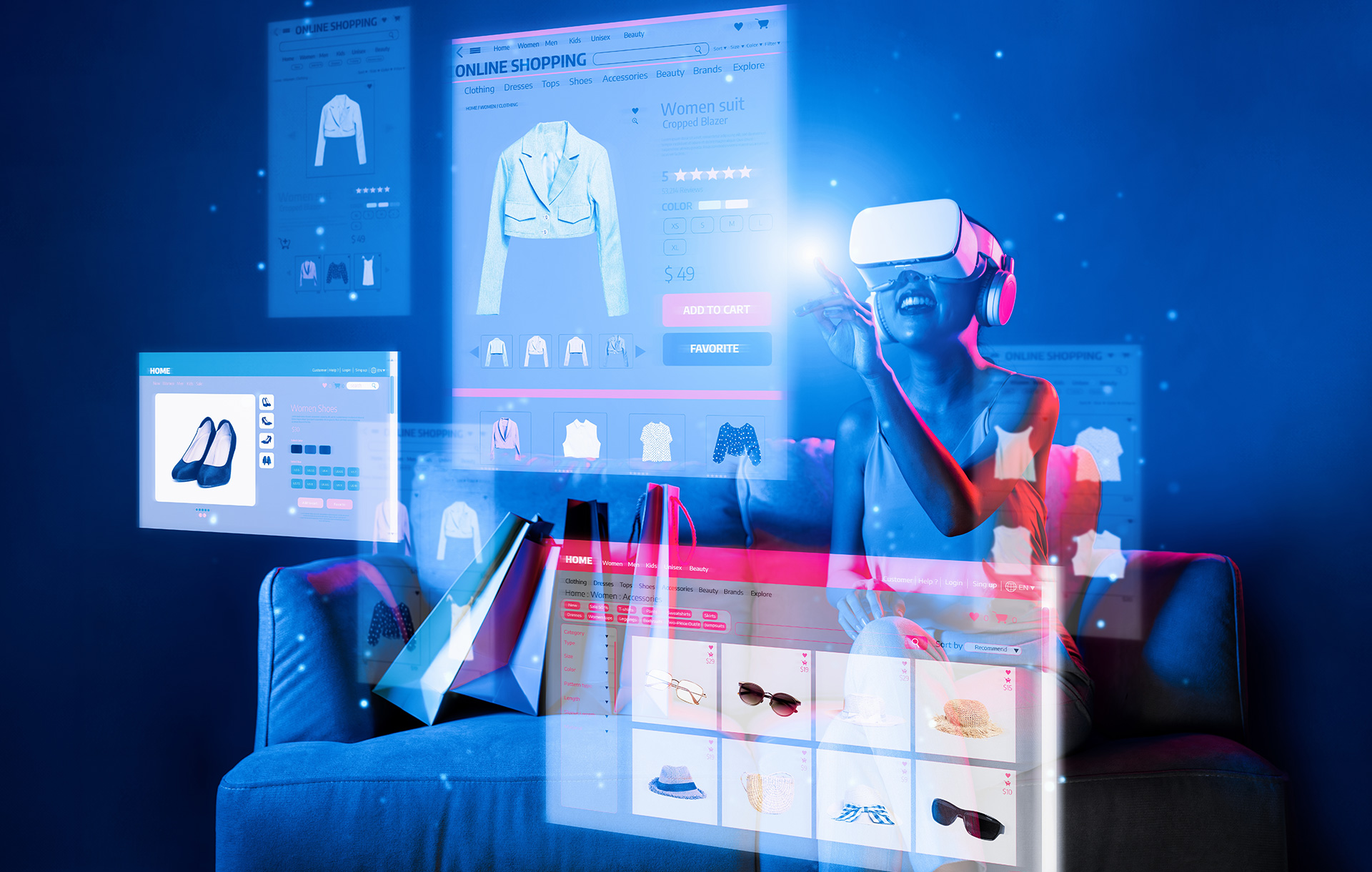5 Key Differences between B2B and B2C Marketing
A lot of people think of marketing as a singular venture that’s approached uniformly across businesses, albeit with a few differences derived from industry. They think that, because the end-goal with marketing is to promote and sell a product or service, the way of doing so will always be the same.
They are wrong.
While all marketing endeavors do have the same goals, the road to get there is vastly different depending on who you’re targeting. That is to say, depending on whether you’re targeting consumers or businesses like yours, the way you market will change.
The Difference between B2B and B2C Marketing
When you get down to it, the main difference between B2B and B2C marketing has to do with the third letter in the acronym, i.e. “B” for business and “C” for consumer.
For instance, in a B2C eCommerce model—the type of marketing most people are familiar with—the goal is to market to consumers, which are the end-users of whatever’s being marketed. B2B marketing, on the other hand, targets other businesses, which means that they can’t be approached as if they were individual people, as they themselves won’t be the ones to use the product/service.
For example, consider a marketing agency. Being what they are, they’re a B2B business because they market to other businesses who need help with their marketing efforts. As such, when they publish content, such as a post on how to choose the right eCommerce agency, they’re targeting decision makers who have a say in who their organisation goes to for marketing help.
If that business is a fashion brand, they themselves will then be B2C, and will target individual consumers in their own marketing efforts. For example, by posting a guide for their audience on choosing how to dress for a certain season.
To sum it up, the main difference between B2B and B2C marketing is a difference in whose attention you’re trying to capture. And while there are definitely similarities between both, the very fact that one ends with “B” and the other with “C” means that the there will be differences as well.
To illuminate, let’s take a look at the following 5 key differences between B2B and B2C marketing.
1. The Audience
Like we just touched on, the main difference between B2B and B2C marketing is who you’re targeting, i.e. an individual consumer or a business who may themselves target other businesses or consumers alike.
As such, the target audience for B2C is a single decision maker who’s most likely going to buy a product for their own use, and will focus on features and benefits that suit their needs.
B2B, on the other hand, can be targeting anything from a single C-level executive, to an entire committee who oversees any and all decisions a business makes, which equates to a larger audience that’s more focused on how the organisation as a whole can benefit; an audience that wants products or services that can help the business improve.
As this quote from Marketing Insider Group explains,
[t]he B2B customer journey involves multiple decision-makers and stakeholders to manage, including managers, product users, technical staff, executives and many more…B2B marketing content needs to…appeal to and meet the different pain points and needs of various stakeholders involved in the purchase process.
2. The Language
Derived from the audience being targeted, a second difference between B2B and B2C marketing is the language.
Language in B2B marketing tends to be heavily influenced by industry jargon and related terms that speak more about the brand’s knowledge than the products or services themselves, as the goal is to target another business.
B2C, alternatively, caters toward individual consumers, leading to language that’s more relatable and simple enough for a broad audience to comprehend.
Like language, another differentiating factor between B2B and B2C marketing is the tone.
As B2B caters to other businesses, the tone here will be more formal and will lend an authoritative air that’s meant to convey trust and value. B2C, while still striving for authority, will often have a more informal—and even humorous—tone that’s meant to be conversational.
3. The Channels
With an audience and language in mind, marketing efforts can truly begin. In this regard, both B2B and B2C brands have to consider the best place they can reach their audience, i.e. the channels used to disseminate content.
Because a B2C audience will be made up of consumers that can literally be found everywhere, pretty much all channels can be used, with an emphasis on specific channels that are best for businesses in specific industries. For example, Instagram and Pinterest for fashion brands that are especially visual.
B2B audiences, being comprised of fellow businesses, are more selective in the channels they frequent. While you can still connect with them through channels like Facebook and Twitter, you’ll have more luck with LinkedIn, which is more business-focused than other social channels.
4. The Motivation
Our next difference between B2B and B2C marketing comes in the motivation you’ll have to tap into in order to convert your audience.
Even though emotion plays an important part in all marketing endeavors, you’ll have to place it in the backseat for B2B and replace it with logic and efficiency that works better with an audience that’s looking for expertise.
Likewise, because this audience is used to pitches and other marketing efforts aimed at them, you want detailed content that focuses on the product’s main features and clearly explains how their organisation can benefit from your products or services.
B2C is different in the sense that, unlike B2B, B2C marketing actually leans into emotions because, more often than not, that’s why they’ll go to you in the first place (e.g. an emotional trigger based on a desire they have). They’ll also place more weight on fellow consumers’ testaments, as seen in their desire to see ratings and reviews from those who were previously in their shoes.
5. The Timeframe
Finally, because businesses and consumers require very different products and services than the other one, the final key difference between B2B and B2C marketing is the timeframe in which marketing efforts for each will last.
To explain this, think of why a business would need a service from another business. More often than not, they’ll need a service for a set period of time, such as a certain software that streamlines processes within the organisation.
In this case, the purchase will be contract-based and can extend for months, even years.
For B2C, even though consumers can also make contract-based purchases that last a long time, the timeframe is usually much shorter and reserved for the duration of the initial purchase and the product’s delivery, which can actually be minutes for some.
As such, the timeframe is much shorter.
Additionally, B2C is more in the moment in the sense that consumers not likely to get a product based on an ad or post they saw months in the past. B2B, on the other hand, places more focus on the long-term and will try to cultivate relationships in case the target business will need their services in the future.
Final Thoughts
At the end of the day, the difference between B2B and B2C marketing can be summed up to who you’re targeting and why.
If you’re targeting another business whose main concern is the organisation and those they themselves serve, you end up marketing with a formal tone that’s business-oriented and focuses on logic and the benefits the business may realise.
If, instead, you’re targeting consumers themselves, the language here will be more informal and relatable, and will instead play on the emotions individual consumers may have.
If you’re ever in doubt as to what exactly those differences are, here they are all over again:
- The Audience
- The Language
- The Channels
- The Motivation
- The Timeframe
Best of luck making use of these B2B/B2C differences with the many eCommerce trends 2018 brought us to tailor your marketing strategy!
Subscribe To Us
Our Services
Categories
Subscribe To Us
Contributors
Categories

This website uses cookies so that we can provide you with the best user experience possible. Cookie information is stored in your browser and performs functions such as recognising you when you return to our website and helping our team to understand which sections of the website you find most interesting and useful. Third party cookies such as Google Analytics is also used on this site to provide analytics in order to better understand the user engagement on our site.
You can adjust all of your cookie settings by navigating the tabs on the left hand side.
Strictly Necessary Cookie should be enabled at all times so that we can save your preferences for cookie settings.
If you disable this cookie, we will not be able to save your preferences. This means that every time you visit this website you will need to enable or disable cookies again.







0.Comments